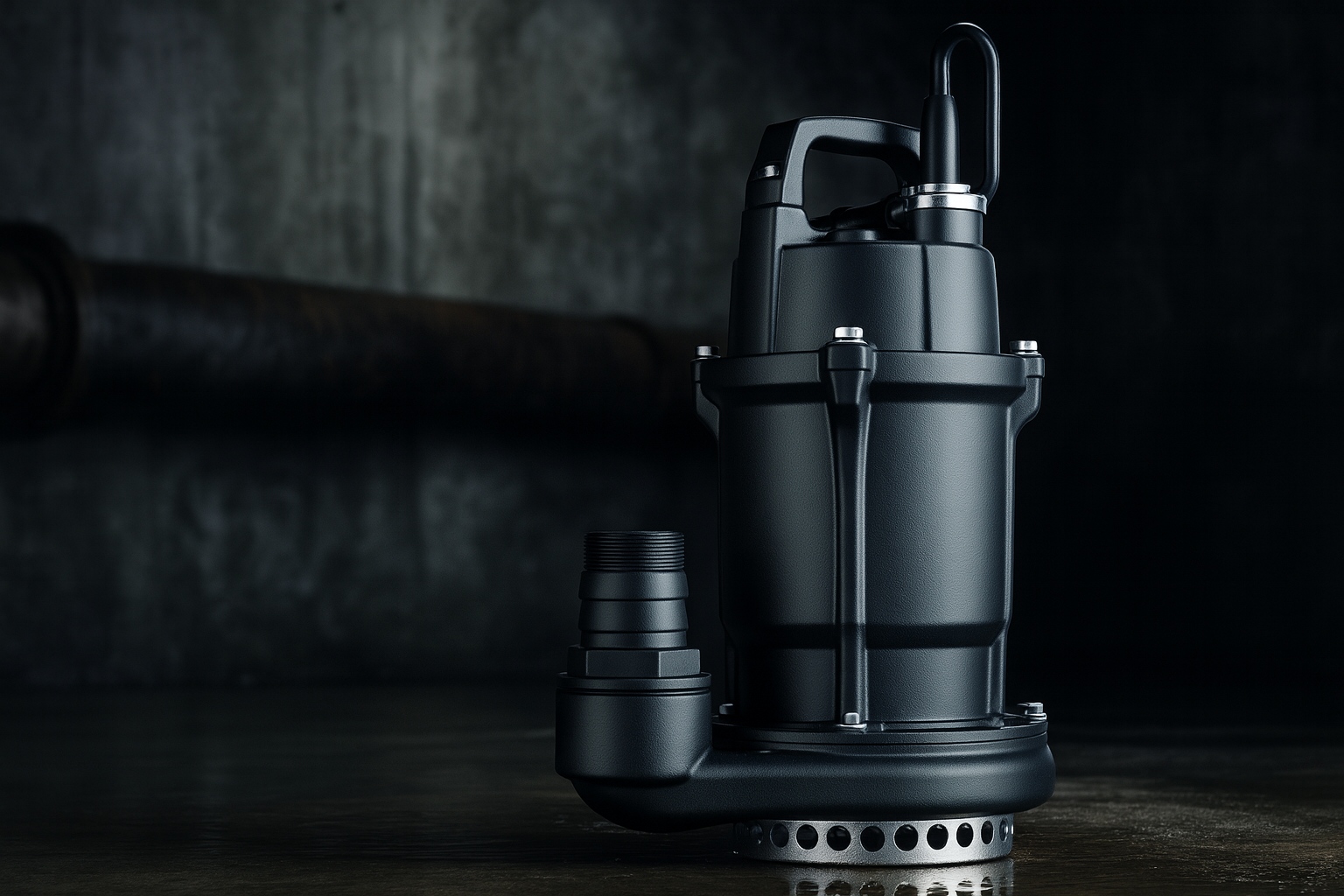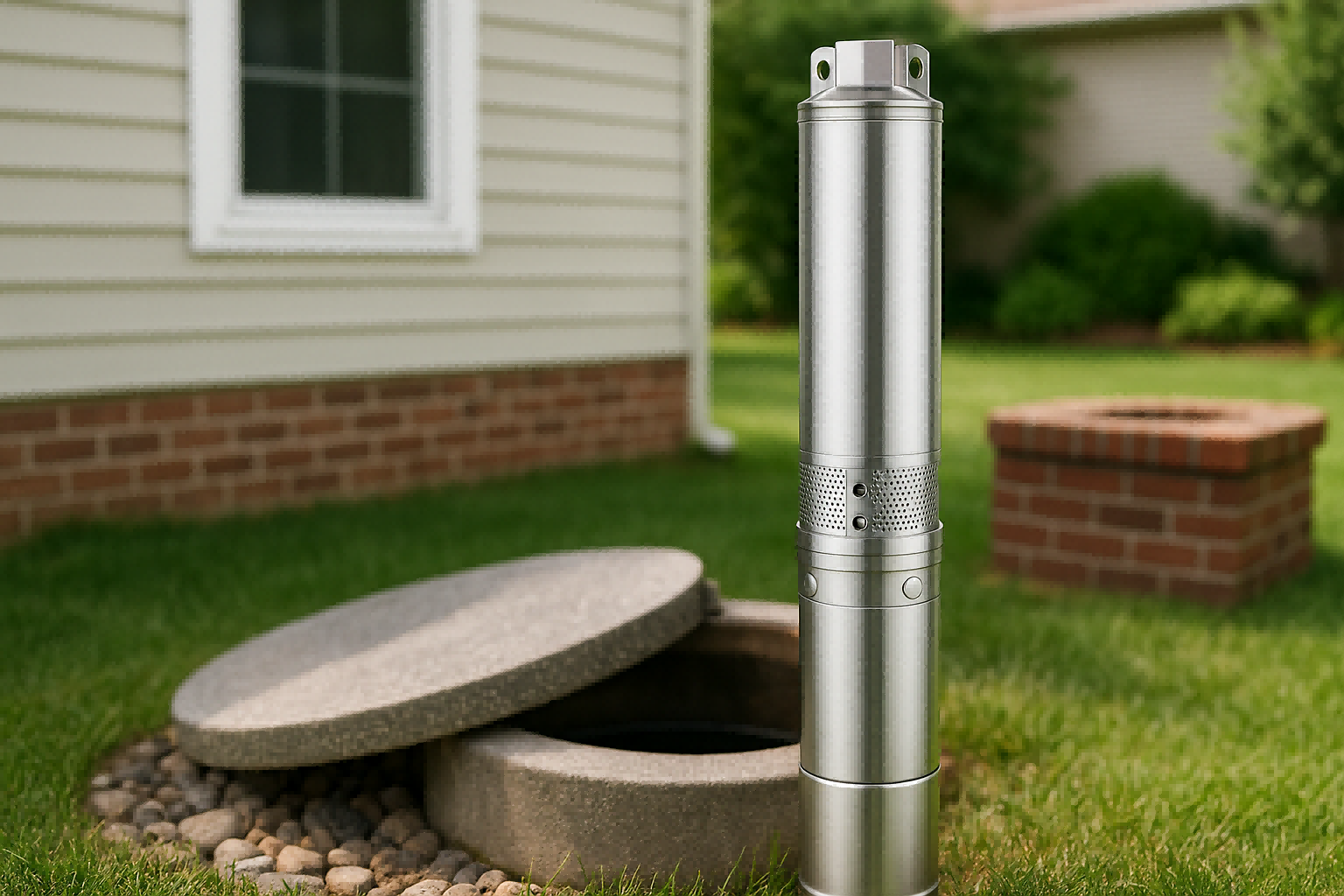Is your building plagued by weak showers and trickling faucets?
This frustratingly low water pressure can disrupt daily life, turning simple tasks into a major hassle.
A booster pump is the solution.
Buildings need a booster pump when the municipal water supply pressure is too low.
This is common in tall buildings, areas with low city pressure, or when many fixtures are used at once.
A booster pump ensures strong, consistent water pressure on every floor and at every tap.

Understanding water pressure might not be a daily thought for most people.
We usually take it for granted until it's gone.
Suddenly, a shower feels weak, and the dishwasher takes forever.
These are classic signs that your building's water system needs a helping hand.
Let's explore why these pumps are not just a luxury, but a necessity for many modern buildings.
Why Are Water Booster Pumps Used?
Do you find water pressure drops dramatically when someone flushes a toilet?
This drop can make simultaneous water use impossible.
A dedicated booster system ensures reliable pressure for everyone's needs.
Booster pumps are used when the city's water pressure is inadequate for a building's demands.
This can be due to the building's height, the use of multiple fixtures at once, or specific equipment like fire sprinklers that require higher pressure to function correctly and safely.
A variety of factors can make a booster pump essential for a building's plumbing system.
The municipal supply is not always powerful enough to meet the demands of modern infrastructure.
Let's break down the specific situations where a booster system becomes a critical component.
Inadequate Municipal Water Pressure
Some geographic areas simply have low water pressure coming from the city's main lines.
As buildings get taller, the challenge becomes even greater.
Water loses pressure as it travels upward against gravity.
A booster pump provides the necessary force to push water to the top floors, ensuring every unit has sufficient pressure.
Without this boost, residents on higher floors would experience a significant drop in water flow.
Simultaneous Use of Fixtures
Even with decent municipal pressure, problems can arise.
Imagine a scenario in a large residential building.
Multiple people might be showering, running laundry, and using sinks all at the same time.
This simultaneous demand can overwhelm the system, causing a noticeable pressure drop for everyone.
A smart booster pump with a variable frequency drive (VFD) can solve this.
It constantly monitors pressure and adjusts the motor speed in real-time.
This ensures a stable, constant pressure supply, no matter how many taps are open.
| Common Scenarios of Pressure Drop | How a Modern Booster Pump Helps |
|---|---|
| Morning rush with multiple showers running. | VFD adjusts pump speed to maintain pressure. |
| Running a dishwasher and a washing machine. | The system provides consistent flow to all appliances. |
| Watering the lawn while someone is inside. | Intelligent controls balance indoor and outdoor needs. |
Increased Flow Rates and Equipment Needs
Modern life and building codes demand more from our plumbing.
New fixtures, like high-flow showerheads and commercial kitchen sprayers, require higher flow rates to work as designed.
Older plumbing systems often can't keep up.
Additionally, critical safety and operational equipment have strict pressure requirements.
- Fire Sprinkler Systems: These must have a guaranteed minimum pressure to be effective in an emergency.
- Irrigation Systems: Proper pressure is needed to ensure even water distribution across landscaping.
- Specialized Commercial Equipment: Many machines in restaurants or industrial facilities need specific pressure levels to operate.
A booster pump ensures these systems get the pressure they need to function correctly and meet safety regulations.
How Do Water Booster Pumps Work?
Have you ever wondered about the mechanics behind that strong, steady stream of water?
It feels like magic, but it’s just solid engineering working behind the scenes.
The process is simpler than you might think.
A water booster pump is a straightforward hydraulic system.
It takes the incoming water, uses an electric motor to spin an impeller, and sends the water out at a higher pressure.
A pressure sensor tells the pump when to activate to maintain a consistent downstream pressure level.
The core function of a booster pump is to add energy to the water.
This added energy, in the form of pressure, allows the water to overcome obstacles like gravity and friction within the pipes.
Modern pumps have become incredibly sophisticated, using smart technology to deliver this pressure efficiently and quietly.
Let’s explore the key operational steps and technologies that make this possible.
The Pumping Process
The process begins with water from the municipal supply line.
- Water Inlet: The pump draws water from the main supply line. This is known as the suction side.
- Impeller Action: An electric motor spins an impeller at very high speeds, often over 5,000 revolutions per minute. The spinning creates centrifugal force, which pulls water into the center of the impeller.
- Pressurization: The impeller blades then force the water outward toward the pump casing. This action dramatically increases the water's velocity and pressure.
- Discharge: The pressurized water exits the pump's outlet and flows into the building's plumbing system.
- Backflow Prevention: Check valves are crucial. They act as one-way gates to ensure that the high-pressure water cannot flow backward into the pump or the municipal supply.
Intelligent Control with VFD Technology
Older pumps often used a simple on/off mechanism.
They would run at full power until a certain pressure was reached, then shut off completely.
This created pressure fluctuations, noise, and high energy bills.
Modern systems use a Variable Frequency Drive (VFD).
- Constant Monitoring: A pressure sensor continuously feeds data to the VFD controller.
- Precise Speed Adjustment: The VFD adjusts the motor's speed based on real-time demand. If one tap is open, the pump runs slowly. If ten taps are open, it speeds up.
- Soft Start/Stop: The VFD ramps the motor up and down gradually. This eliminates the sudden jolt of "water hammer" and reduces mechanical stress, extending the life of the pump and the plumbing.
This intelligent control ensures a perfectly stable pressure level while consuming significantly less energy.
System Durability and Protection
A reliable booster pump must be built to last.
Key components are designed for longevity and safety.
- The Motor: High-efficiency permanent magnet synchronous motors (PMSM) are often used. They offer quiet operation (under 50dB), powerful performance, and better heat dissipation for a longer life.
- The Electronics: The main controller board (PCB) is the pump's brain. In top-tier models, this board is fully sealed in a potting compound. This makes it 100% waterproof (IP67 rated) and protects it from moisture, dust, and corrosion, which are common causes of failure.
- Safety Protections: An intelligent pump has numerous built-in safeguards. These protect against everything from dry-running (no water), overheating, and voltage fluctuations to pipeline leaks and freezing, ensuring the system operates safely and reliably for years.
Types of Water Booster Pumps
Are you trying to decide which pump is right for a small home versus a high-rise tower?
The needs are vastly different, and so are the solutions.
Choosing the wrong type can lead to poor performance or wasted money.
The two main types are single-stage and multi-stage pumps.
Single-stage pumps are great for smaller residential applications with moderate pressure needs.
For larger buildings and high-pressure demands, multi-stage pumps are the professional standard, offering superior performance and reliability.
Understanding the differences between pump types is crucial for making an informed decision.
The choice impacts everything from initial cost to long-term operational efficiency and reliability.
While both types increase pressure, they are engineered for very different scales of application.
Let’s examine how each one works and where they are best utilized.
Single-Stage Centrifugal Pumps
This is the most common and basic type of booster pump.
It uses a single impeller to increase water pressure.
Think of it as a single-engine solution.
How It Works
A single-stage pump has one impeller spinning within the pump casing.
Water enters the center of the impeller and is thrown outward by centrifugal force, gaining pressure before it exits.
Best Applications
These pumps are ideal for smaller-scale needs.
- Small Residential Homes: Perfect for boosting pressure in a one or two-story house.
- Low Pressure Boosts: They are effective for pressure increases of around 30-40 psi.
- Cost-Effective: Their simple design makes them an economical choice for basic applications.
However, they are not suitable for high-rise buildings or demanding commercial use, as they lack the power to overcome significant elevation changes.
Multi-Stage Stainless Steel Pumps
For large buildings and high-pressure requirements, a more powerful solution is needed.
This is where multi-stage pumps excel.
They are like having multiple engines working together in series.
How It Works
A multi-stage pump contains several impellers stacked in a series on a single shaft.
Water enters the first impeller and its pressure is boosted.
Then, instead of exiting, it is channeled directly into the next impeller, where its pressure is boosted again.
This process repeats through each stage.
The result is a compounding effect that can generate extremely high discharge pressures, often exceeding 100 psi.
Key Features and Advantages
| Feature | Advantage |
|---|---|
| Multiple Impellers | Generates very high pressure, ideal for tall buildings. |
| Stainless Steel Construction | Provides excellent resistance to corrosion and ensures water quality. |
| Advanced Sealing | Prevents leaks along the shaft, even under extreme pressure. |
| VFD Integration | Allows for intelligent, energy-efficient, and constant pressure control. |
| Robust Cooling | Advanced thermal management allows for continuous, reliable operation. |
These pumps are the go-to choice for commercial buildings, hotels, hospitals, and any application where high pressure and unwavering reliability are non-negotiable.
Though they have a higher initial cost, their performance, efficiency, and longevity provide a superior return on investment for demanding projects.
Conclusion
Booster pumps are an essential solution for ensuring adequate and reliable water pressure in modern buildings, from small homes to towering skyscrapers.
FAQs
What is the ideal water pressure for a house?
The ideal water pressure for a home is typically between 50 and 75 psi.
This provides strong flow without risking damage to pipes or fixtures.
Can a booster pump be too powerful?
Yes.
An oversized pump can cause excessive pressure (over 80 psi), leading to pipe damage, leaks, and high energy costs.
Proper sizing is crucial.
Does a booster pump increase water flow?
Yes, by increasing pressure.
Higher pressure forces more water through the pipes in a given amount of time, resulting in a higher flow rate at the fixtures.
Where should a booster pump be installed?
A booster pump is typically installed on the main water line just after the water meter.
This ensures that all water entering the building is pressurized.
Do water booster pumps use a lot of electricity?
Modern VFD booster pumps are very energy-efficient.
They only run as fast as needed, which can reduce electricity consumption by up to 50% compared to older, fixed-speed pumps.
Is a booster pump noisy?
Older pumps can be noisy.
However, new models with permanent magnet motors and VFD control are ultra-quiet, often operating at noise levels below 50 decibels.
How long does a water booster pump last?
A high-quality, well-maintained booster pump can last for many years.
Features like soft-starting and waterproof electronics can extend the lifespan of key components significantly.
Do I need a plumber to install a booster pump?
Yes.
Proper installation is critical for safety and performance.
A licensed plumber will ensure the pump is installed correctly and complies with all local codes.








